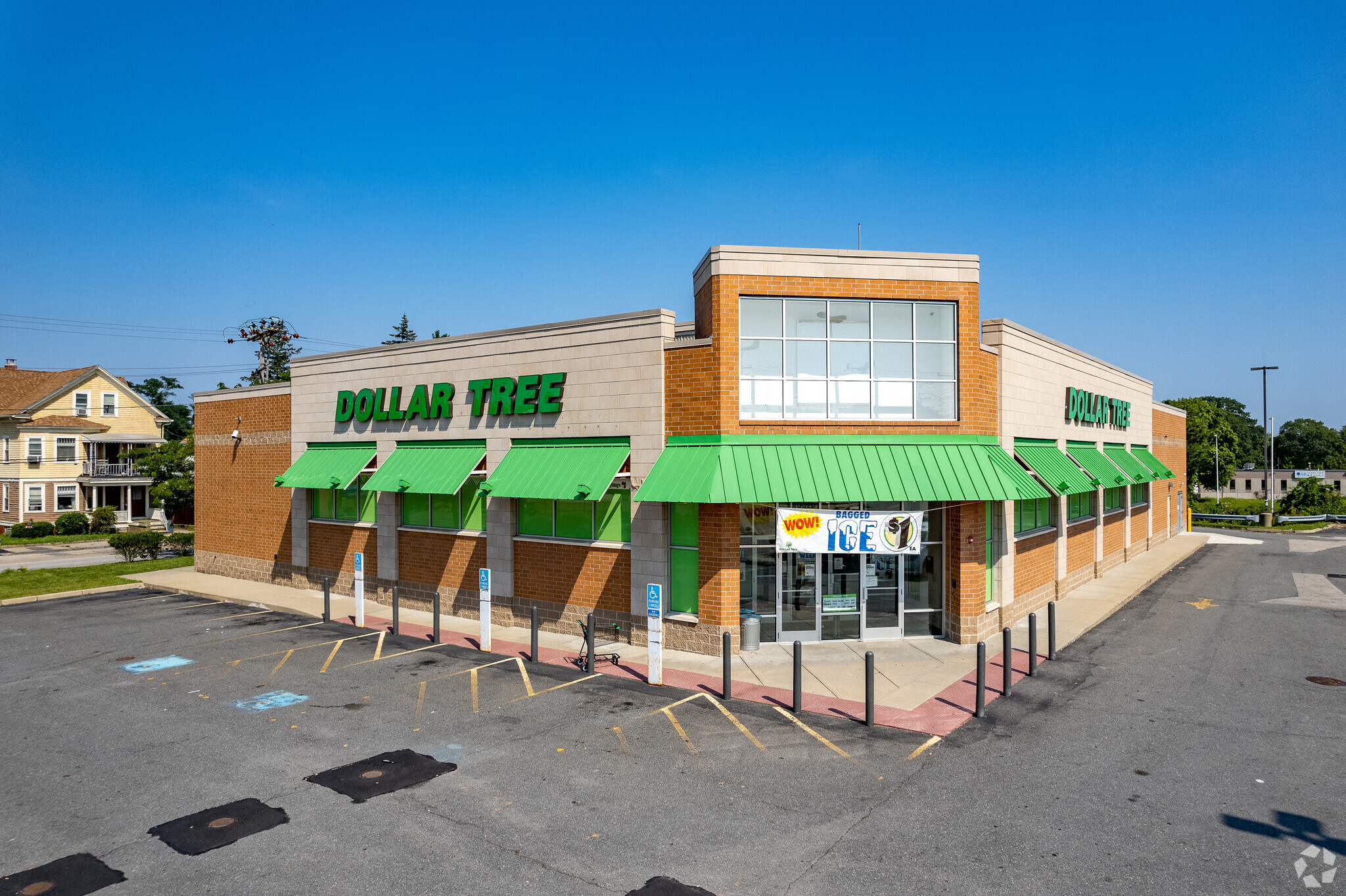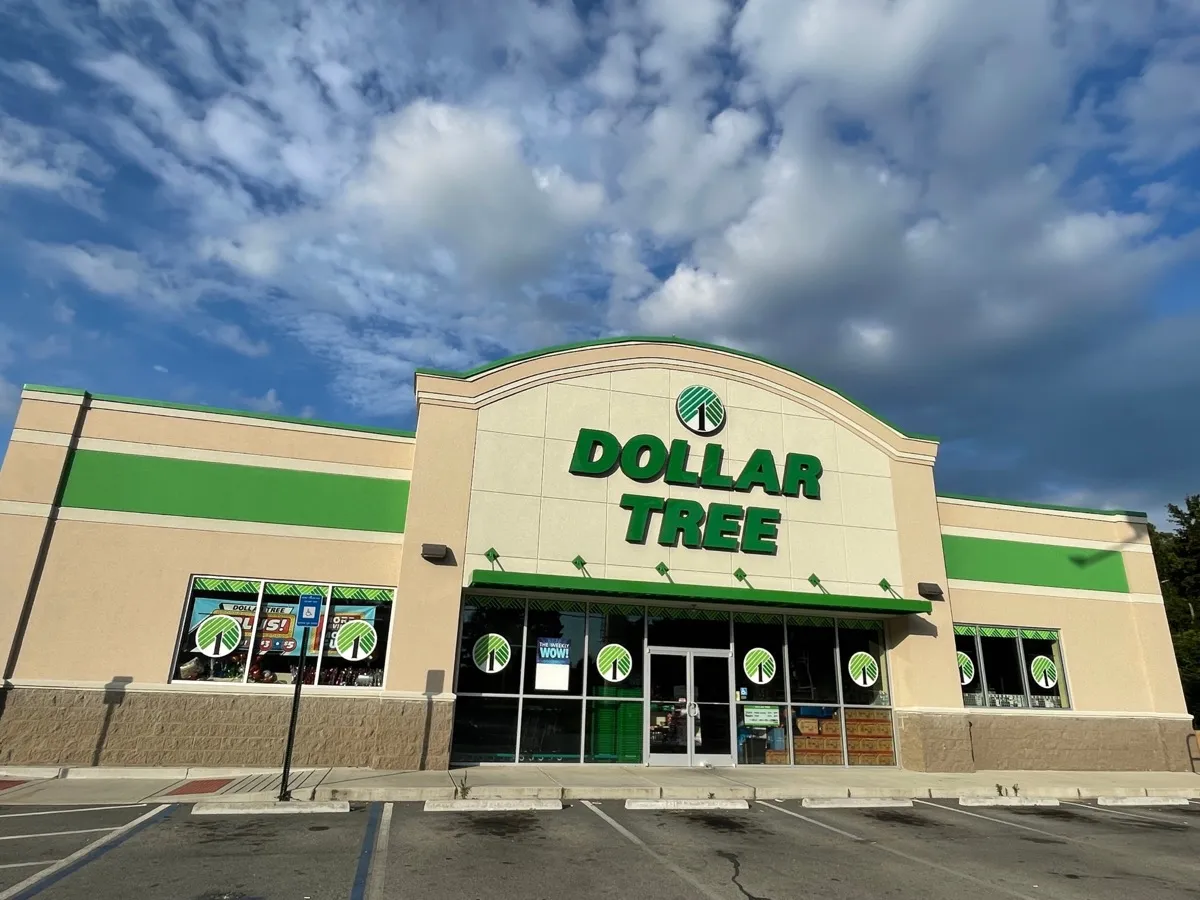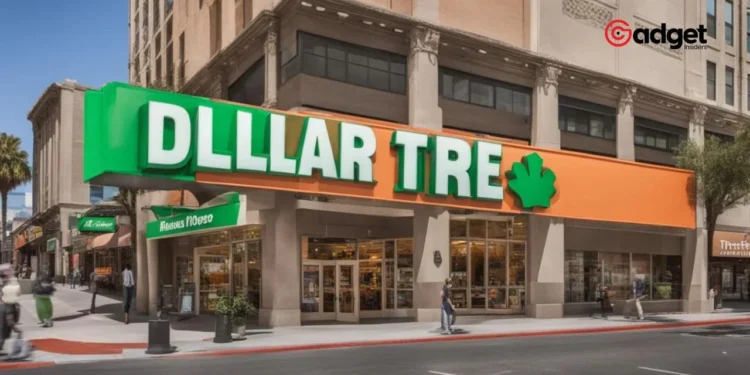It’s always a disheartening scene when a beloved retailer shuts its doors for good. However, the closure of a major store like 99 Cents Only goes beyond just empty shelves and disappointed customers; it sends shockwaves throughout the entire local economy. These stores are often the linchpins of shopping plazas, drawing foot traffic that sustains nearby small businesses. From snack bars to beauty salons, a multitude of small enterprises thrive on the daily influx of shoppers who visit large retail anchors.

The bankruptcy of prominent chains such as Christmas Tree Shops, Tuesday Morning, and Bed Bath and Beyond exemplifies a troubling trend in a retail sector grappling with high operational costs. When these anchors disappear, the impact is profound, affecting not just the employees and customers of the stores themselves but also the economic health of the surrounding businesses.
Dollar Tree’s Opportunistic Growth
In what can be seen as a silver lining to this cloud of retail decline, Dollar Tree has emerged as a savior for many locations that were at risk of becoming retail wastelands. The company has recently announced significant expansions, acquiring the leases of numerous 99 Cents Only stores. This move is not just a growth strategy but a crucial lifeline for communities facing the loss of a major retail player.
📢 ¡Dollar Tree adquiere 170 tiendas '99 Cents Only' en una emocionante expansión hacia el oeste! https://t.co/uuZ6hBB3FR #DollarTree #Expansión pic.twitter.com/PDMKsAzcQv
— Se Habla Español News (@sehablaespnews) May 30, 2024
On April 4, it was revealed that 99 Cents Only would be shutting down all its stores, shocking many who relied on its unique offerings, including fresh produce—a rarity in discount retail. The liquidation began almost immediately, managed by Hilco Global, with sales starting the next day across all 371 store locations. Despite the swift downturn, the future for these locations looked bleak until Dollar Tree stepped in.

By May 24, Dollar Tree had completed two pivotal transactions that saw it take over 170 leases from 99 Cents Only across Arizona, California, Nevada, and Texas. This deal was not just about expanding its geographical footprint; it was about preserving access to affordable retail options for millions of consumers. Michael Creedon, COO of Dollar Tree, highlighted the strategic nature of this acquisition, emphasizing the goal to “reach even more customers and communities” while capitalizing on “high-quality real estate assets in premium retail centers.”
The Future of Discount Retail
As Dollar Tree prepares to reintroduce these locations under its banner by fall, the landscape of discount retail continues to evolve. The chain’s aggressive expansion reflects a broader trend of adaptation and survival in a sector that remains under considerable economic pressure. While the name of 99 Cents Only might fade, its spirit of affordable shopping will live on under the new management of Dollar Tree, ensuring that these communities do not lose a vital resource.

Retail Resilience: Dollar Tree’s Blueprint for Growth
In conclusion, while the retail sector faces challenging times, proactive strategies by companies like Dollar Tree provide a blueprint for resilience and growth. The continuation of these retail spaces as discount outlets not only preserves jobs and shopping options but also maintains the vibrancy of local economies—a critical factor as other retailers navigate their own turbulent waters.










